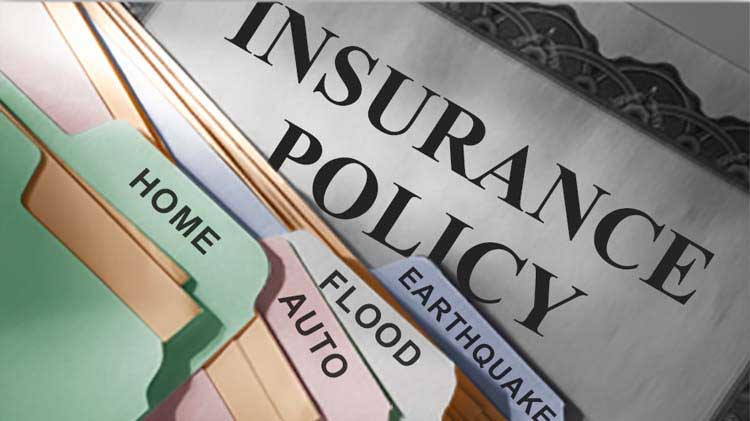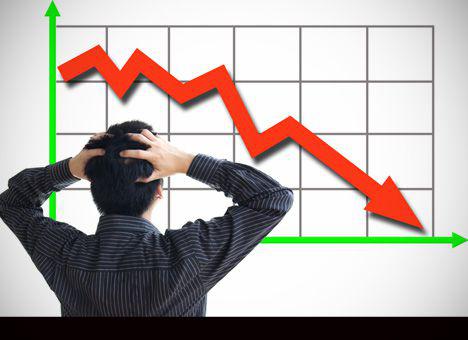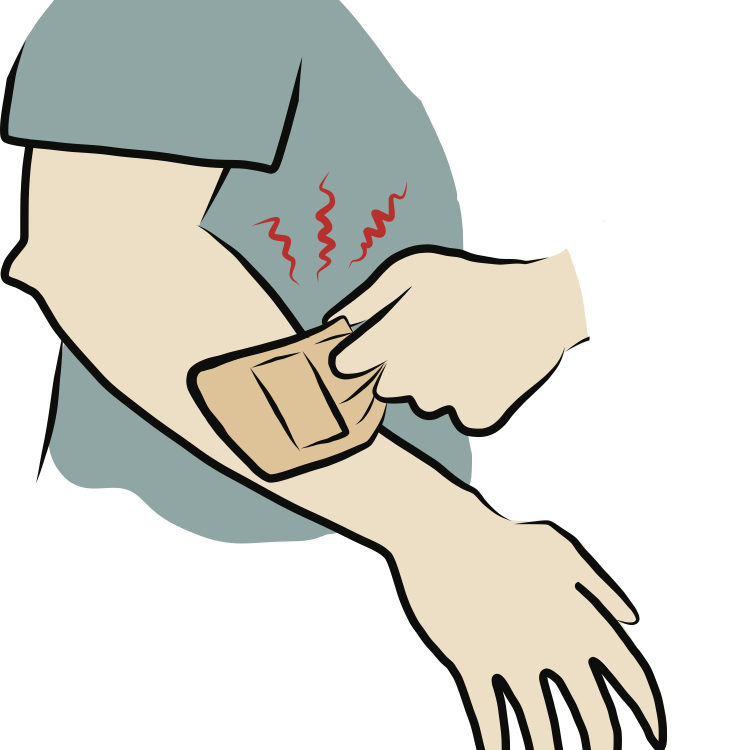Taming Casualty Industry

The market size for the Property and Casualty (P&C) Insurance Industry, according to Statista, reached an all-time high, up to $694.27 billion in 2020, and up by $4 billion from the previous year. What’s more Property and Casualty insurers account for 48% of written premiums in the United States. In 2019 alone, net premiums written by the P&C industry topped $634 billion in addition to $370 billion in incurred losses.
Considering that the P&C industry includes auto, home, and commercial insurance via a wide variety of policies, those figures listed above shouldn’t be all that surprising. However, because of the sheer size of the industry, when unpredictable strikes, such as the COVID-19 pandemic, large-scale loss occurs. As a result, insurers must raise premiums, discontinue risky policies, and improve risk assessment.
One possible way to achieve the above is by identifying emerging risks.
The International Risk Governance Council (IRGC) defines emerging risks as “new risks or familiar risks that become apparent in new or unfamiliar conditions.” While the CRO Forum describes emerging risks as “risks which may develop or which already exist that are difficult to quantify and may have a high loss potential.”
Regardless of the exact definition, emerging risks tend to share the following characteristics;
Hard to predict
Traditional risk management identification and assessment process may not work
Difficult to quantify the impact
Usually emerges from global trends
Often goes beyond the capacity of control
Large scale events
Can cross geographic borders, industries, and sectors
Typically, there are the three key risk “clusters:”
Macroeconomic imbalances. Examples include a financial crisis, asset price collapse, and currency volatility.
The illegal economy. Corruption, illicit trade, cybercrime, organized crime, and fragile states are some examples of this risk.
Water, food, and energy. Climate change, natural catastrophes, and pandemics would fall into this cluster.
There are also examples that may not fit into these clusters, such as disruptive technology, business operational failures, employees, and legislative and regulatory risks. Regardless, the emerging risk is an immensely broad category. As such, this can make predicting these risks seem almost impossible.
Identifying emerging risks.
While daunting, it’s possible to identify emerging risks by encompassing the following steps; “risk identification, risk assessment, risk implementation (split into risk dialogue, risk mitigation measures and business opportunities), as well as risk monitoring and control,” write Martin and Rainer Egloff for The Actuary.
“To deepen the understanding of a particular risk, interactions with external stakeholders are most important. Discussions with clients, political authorities, and non-governmental bodies are essential. Independent organizations like the IRGC are valuable partners,” the authors add.
“One platform to exchange information with industry peers is the Emerging Risk Initiative of the Chief Risk Officer’s Forum, which so far includes mainly Europe-based insurers and reinsurers. A broad, diverse and robust risk dialogue helps to overcome blind spots, fosters risk awareness, and supports adequate risk assessment and mitigation.”
Robert Reville, CEO, Praedicat, says that his company follows a similar three-step process.
“The earliest phase is what we call emerging interest. This is where you are simply beginning to investigate scientific hypotheses that there might be bodily injury and it’s too early to even put a probability around it because it’s just at the stage of the investigation,” he tells Leader’s Edge.
“Then the literature is going to evolve, and it goes into a phase we call emerging damage,” Reville states. “In the emerging damage phase, the literature is getting richer. They’re investigating specific issues about who might be harmed and how they might be harmed and what products might be causing harm.”
And, the “last phase is emerging litigation. In that, we’ve got a growing number of risks, largely because of social inflation.”
You can also identify risks by;
Using industry-specific emerging risk checklists
Performing scenario analysis
Considering cross-organizational impact and interdependencies
Focusing on high impact, low probability events
Performing risk workshops aimed specifically at identifying emerging risks
Regardless of what method(s) you use to identify emerging risks, it can be a tedious and time-consuming task. So, is there a better way to tame the casualty industry? There is. And, it’s through artificial intelligence and machine learning.
Using artificial intelligence and machine learning to help risk managers.
In the past, “a typical emerging risk function for an insurer would be a committee of executives that meets periodically and talks about things they may have seen in claims or maybe have read in the newspaper. Increasingly though it is a discipline that has specialists deploying specialized technologies and software products that inform underwriting actions in addition,” says Reville.
“All of this will lead to a more sustainable casualty insurance industry. Once it is fully absorbed into the workflows of the industry, you won’t see the wild swings you’re seeing today where you have these hard markets and doubling of premium and shortages of coverage availability, followed by multiyear soft markets,” he adds. It’s unlikely that this will completely become a problem of the past, “it will definitely be reduced.” And, this “will make it easier for the agents and brokers working with their clients.”
“Along the way, as there is better awareness and more rigorous identification and quantification of emerging risks, new specialist casualty products will emerge,” Reville states. “We have a major engagement with a reinsurance broker around the development of new reinsurance products that will allow insurers to transfer their exposures on a named peril basis to reinsurance and ultimately to capital markets.”
As a result, there will be “new products, new opportunities for coverage.” And, hopefully, this will also address the “coverage gap and we’ll end up with a much more sustainable and less volatile casualty industry.”
How exactly will AI and machine learning help accomplish this? Well, this technology can be a game-changer by;
Not limiting sources to traditional risk information. It can combine internal, external, and business sources to overlay against risk and claims data in order to investigate cause and effect. For example, using multiple sources, you can determine that a supply chain issue was actually the result of inclement weather and not poor business operations.
Driving queries to Risk Managers. This technology can automatically identify single or multiple-factor scenarios. From there, it can generate decision trees for the Risk Manager to pursue, as opposed to doing this manually.
Instead of waiting to engage with key stakeholders, AI and machine learning gain provide greater insights in real-time. As a result, this can break down silos.
Overall, with AI, risk managers will be able to understand the connectivity between risks and the linkage of data sets. If there are any gaps, AI will fill them in. In turn, you can be more proactive. And, most importantly save time and money.



